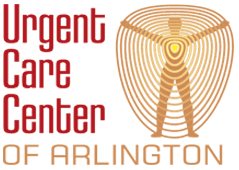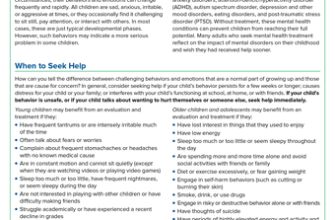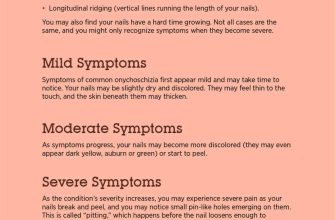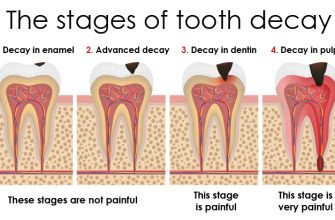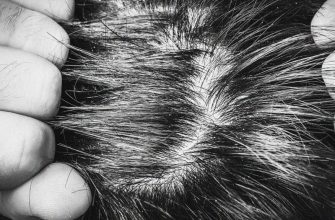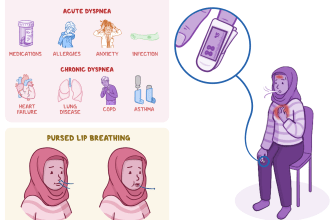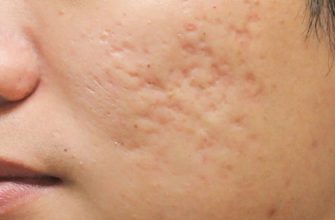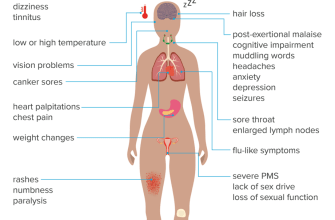Have you ever experienced difficulty with your movement and balance? These issues can be frustrating and can significantly impact your daily life. In this article, we will explore the possible causes of movement and balance issues and discuss remedies that can help improve these symptoms.
Movement Issues
Movement issues refer to any difficulties or abnormalities in the way a person moves. These can manifest as uncoordinated movements, tremors, stiffness, or involuntary movements. There are several possible causes of movement issues, including:
- Neurological disorders
- Muscle weakness or imbalances
- Injuries or trauma
- Medication side effects
Neurological disorders, such as Parkinson’s disease or multiple sclerosis, can affect the brain’s ability to control movement. These conditions often result in tremors, muscle rigidity, and difficulty initiating or controlling movements.
Muscle weakness or imbalances can also contribute to movement issues. When certain muscles are weak or not functioning properly, it can affect coordination and movement control. Physical therapy and targeted exercises can help improve muscle strength and coordination.
Injuries or trauma, such as a stroke or head injury, can damage the brain or nervous system, leading to movement issues. Depending on the severity of the injury, rehabilitation and therapy may be necessary to regain movement and improve balance.
Some medications can have side effects that affect movement. For example, certain antipsychotic medications may cause muscle stiffness or involuntary movements. If you suspect that your medication is causing movement issues, it is important to consult with your healthcare provider.
Balance Issues
Balance issues refer to difficulties maintaining an upright position or a sense of equilibrium. These issues can manifest as dizziness, unsteadiness, or a feeling of being off-balance. There are various causes of balance issues, including:
- Vestibular disorders
- Inner ear problems
- Age-related changes
- Medication side effects
Vestibular disorders are conditions that affect the inner ear and the brain’s ability to process sensory information related to balance. These disorders can result in vertigo, dizziness, and unsteadiness. Physical therapy and specific exercises for balance can help improve symptoms and restore balance function.
Inner ear problems, such as Meniere’s disease or labyrinthitis, can also cause balance issues. These conditions often result in vertigo, hearing loss, and a feeling of fullness in the ear. Treatment may include medication, lifestyle changes, and vestibular rehabilitation exercises.
As we age, changes in the inner ear and sensory systems can contribute to balance issues. Additionally, age-related muscle weakness and decreased flexibility can affect balance. Engaging in regular exercise, particularly balance training exercises, can help improve balance and reduce the risk of falls.
Some medications, such as certain blood pressure medications or sedatives, can have side effects that affect balance. If you suspect that your medication is causing balance issues, it is important to discuss this with your healthcare provider.
Remedies for Movement and Balance Issues
Physical Therapy
Physical therapy is often recommended for individuals with movement and balance issues. A physical therapist can assess your specific symptoms and develop a personalized treatment plan to address your needs. Physical therapy may include:
- Strengthening exercises to improve muscle strength and coordination
- Balance training exercises to enhance stability and reduce the risk of falls
- Range of motion exercises to improve flexibility and joint mobility
- Gait training to improve walking patterns and stability
Working with a physical therapist can help you regain control of your movements and improve your balance.
Exercises for Balance
In addition to physical therapy, there are exercises you can do at home to improve your balance. These exercises can help strengthen the muscles involved in balance and enhance stability. Some examples of balance exercises include:
- Standing on one leg for increasing durations
- Walking heel-to-toe in a straight line
- Practicing yoga or tai chi, which focus on balance and body awareness
- Using a balance board or stability ball to challenge your balance
It is important to start with exercises that are appropriate for your current level of ability and gradually increase the difficulty as you progress.
Conclusion
Movement and balance issues can significantly impact your quality of life, but there are remedies available to help improve these symptoms. Whether caused by neurological disorders, vestibular disorders, or other factors, physical therapy and targeted exercises can play a crucial role in restoring movement and balance. If you are experiencing movement or balance issues, it is important to consult with a healthcare professional to determine the underlying cause and develop an appropriate treatment plan.
